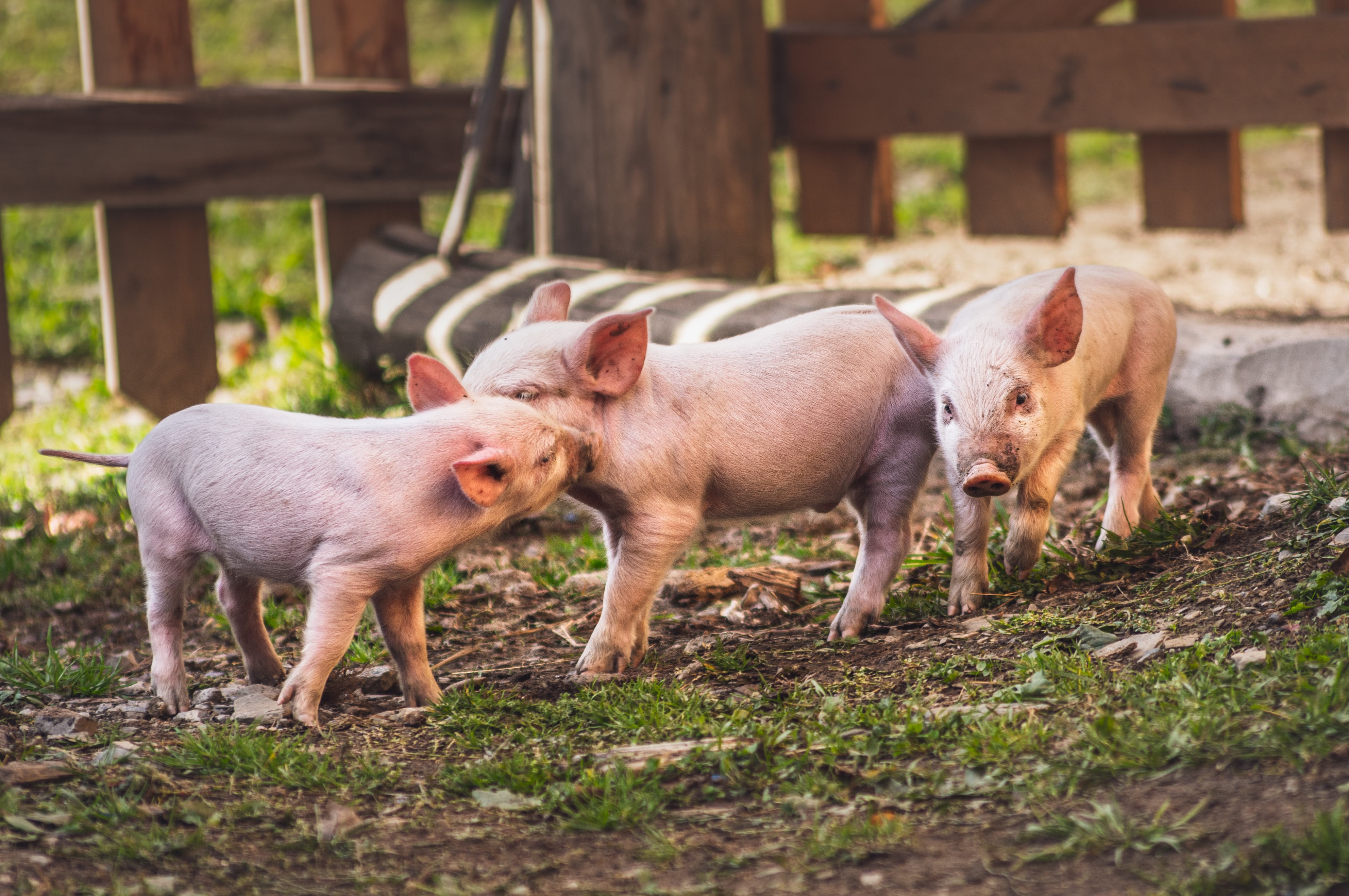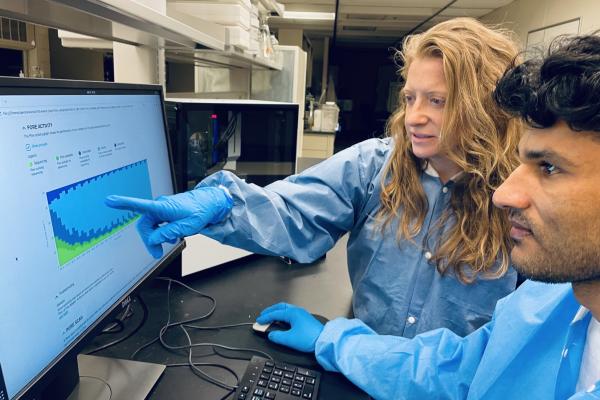Newly funded: U scientists to enhance forecasting tool for highly contagious porcine disease
September 16, 2021

Porcine epidemic diarrhea virus (PEDV) is a highly contagious, widespread infectious disease whose transmission routes, due to a dearth of available data, have been largely unpredictable since its emergence in the U.S. in 2013.
A team of University of Minnesota scientists wants to change that. Thanks to recent new funding from the Swine Health Information Center, College of Veterinary Medicine researchers aim to give swine farmers the tools they need to predict the likelihood of an outbreak before it occurs—by using existing and new data to increase the understanding of how the virus spreads through time and space.
RELATED: Research roundup: Can scientists develop a better vaccine against PRRS variants?
Currently affecting roughly 7 percent of pig farms in the U.S., PEDV is considered a top-three pathogenic threat to the swine industry. The disease is primarily spread between farms by pig movement, airborne or local transmission, feed contamination, or objects and materials arriving by truck or via visitors. Currently, little data is collected on pig movements for research purposes, despite a broad understanding that animal movement is a primary driver of disease spread.
Led by epidemiologist and Associate Professor Kimberly VanderWaal, PhD, in the Department of Veterinary Population Medicine, the team will improve upon a prediction tool they began developing in 2018 to forecast and report the risk of PEDV outbreaks at the farm level in real time to target disease management and prevention. Among other methods to improve its accuracy—including refining existing data analysis and finding new relevant data—the team will move the scope of data collection and dissemination back a week (from one week’s notice to two) in a calculated bid to improve its relevance and give farmers more time to respond to and mitigate the risk of an outbreak.
RELATED: Newly funded: Investigating swine industry biocontainment strategies for airborne diseases
The researchers expect that by refining the accuracy of their forecasting tool and adding new and better data sources that account for a wider array of transmission routes, they can provide more accurate farm-level forecasts, which may lead to better epidemic preparedness and mitigation strategies that U.S. farmers can use not just for PEDV, but for other emerging infectious animal diseases as well.


